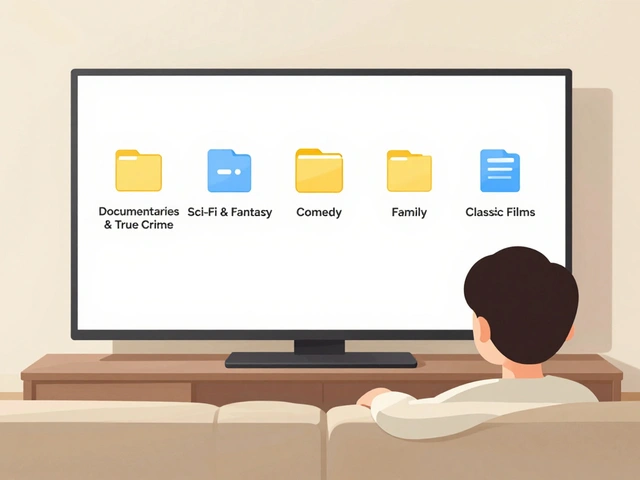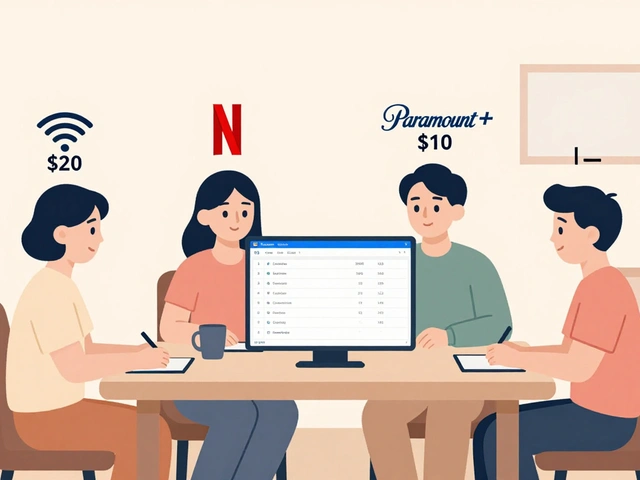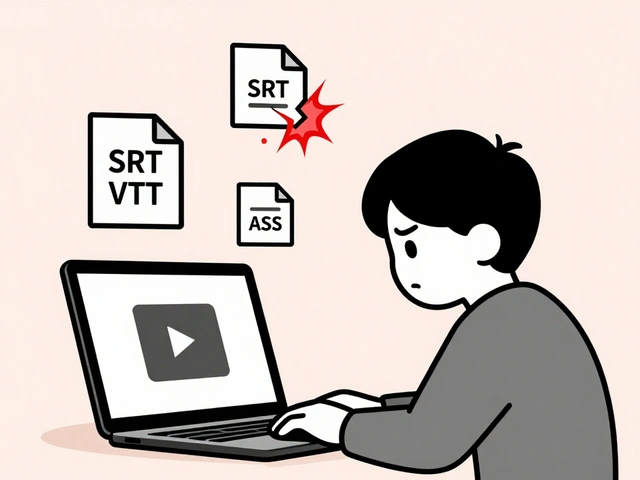Smart Contracts: How Automated Agreements Transform Blockchain and DeFi
When working with smart contracts, self‑executing code that runs on a distributed ledger and enforces the terms of an agreement without a middleman. Also known as self‑executing contracts, they let parties lock in rules that trigger automatically when conditions are met. In plain terms, they turn “if‑then” logic into money‑moving, data‑updating, or asset‑transferring actions that happen on their own.
Every smart contracts deployment depends on a blockchain, a network of computers that collectively maintain an immutable record of transactions. The blockchain gives contracts the trust guarantee that no single actor can rewrite history. This connection creates the semantic triple: *Smart contracts require blockchain platforms*. Because the code lives on an open, verifiable system, users can audit the contract before they trust it.
One blockchain stands out for contract work: Ethereum, a programmable blockchain that introduced a native language for writing self‑executing agreements. Ethereum’s virtual machine runs contract code 24/7, which means developers can release updates, launch token sales, or build entire marketplaces without ever shutting down the network. The triple here is: *Ethereum enables smart contracts to be highly programmable*. That programmability fuels a whole ecosystem of decentralized apps (dApps) where users interact directly with contract logic through browsers or mobile wallets.
Another major outcome of this technology is decentralized finance, financial services built on blockchain that operate without traditional banks or brokers. DeFi platforms—lending pools, stablecoins, automated market makers—are nothing but collections of smart contracts executing predefined financial rules. Hence, *DeFi relies on smart contracts* to manage collateral, calculate interest, and enforce trade settlement automatically. This creates a virtuous loop: smarter contracts enable richer DeFi products, and new DeFi use‑cases push contract developers to add safety checks, upgrade patterns, and gas‑efficiency tricks.
Key Benefits and Real‑World Uses
Because contracts are code, they inherit software advantages: repeatability, transparency, and auditability. A payment agreement written as a contract can be reused across dozens of transactions without redrafting legal language each time. Transparency means anyone can view the contract’s source on the blockchain, reducing the surprise factor that often plagues traditional agreements. Auditability provides a clear trail—if a dispute arises, the exact execution log is immutable and can be examined by auditors or regulators.
In practice, smart contracts power token sales (ICO, IEO, IDO), supply‑chain tracking, insurance payouts, and even voting systems. For example, a farmer can lock a grain delivery contract that releases payment only when an IoT sensor confirms the cargo’s temperature stayed within range. The contract checks the sensor data, and if the condition is met, it automatically transfers the agreed amount to the farmer’s wallet. No paperwork, no middleman, just code and data working together.
Developers also face challenges: writing bug‑free code is hard, and once a contract is live, fixing it can be costly. That’s why patterns like proxy contracts, formal verification, and thorough testing have become standard practice. Understanding these patterns is essential for anyone looking to build reliable dApps or launch DeFi products.
Below you’ll find a curated set of articles that dive deeper into each of these angles—how to write secure contracts, the latest Ethereum upgrades that affect gas costs, real‑world DeFi case studies, and tools that simplify contract development. Whether you’re a creator, investor, or curious tech enthusiast, the collection gives you actionable insights to navigate the fast‑moving world of automated agreements.
26
Ethereum Blockchain Explained: What It Is, How It Works & Why It Matters
Learn what the Ethereum blockchain is, how it works, its key features like smart contracts, and why it matters for finance, gaming, and more.
Latest Posts
Popular Posts
-
 App Layout Strategies: Organize Streaming Services by Genre and Use
App Layout Strategies: Organize Streaming Services by Genre and Use
-
 Best Educational TV Shows for Preschoolers, Elementary Kids, and Tweens
Best Educational TV Shows for Preschoolers, Elementary Kids, and Tweens
-
 How Roommates Can Fairly Share Wi-Fi and Streaming Costs
How Roommates Can Fairly Share Wi-Fi and Streaming Costs
-
 How to Cancel Paramount+: Step-by-Step Guide
How to Cancel Paramount+: Step-by-Step Guide
-
 Why Subtitles Aren't Working: Fix Common Video Text Issues
Why Subtitles Aren't Working: Fix Common Video Text Issues



